Build the Greatest Non-Sport Set of the 20th Century.
Heroes of History/ Men and Women of History
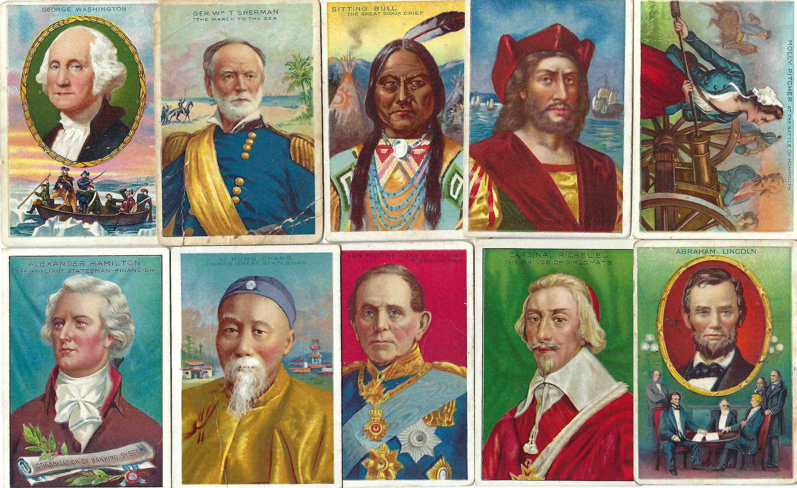
About the T68 Masters Set
Created in 1910-1911 by American Tobacco Company under various tobacco manufacturers to produce T68 tobacco cards, the T68 “Heroes of History” set features 100 historical figures across two series. Each card was printed with a variety of back advertisements, ranging from common Royal Bengals Factory 17 & 2, Miners Extra-Long & Short Pack Varieties, Pan Handle Scrap light and dark blueprint varieties to ultra-rare Natural Leaf Scrap, Blank Backs & Pan Handle Scrap Silver Cards. This project aims to catalog and complete a 657-card master set — one of the most ambitious undertakings in non-sport card collecting.
Who is in the set?
An introduction to the 100 card set
In 1911, amid the golden age of tobacco premiums and patriotic fervor, American Lithographic Co. released one of the most ambitious and enduring historical card sets of the early 20th century: the T68 “Heroes of History” and “Men and Women of History.” Issued as a two-part series, these cards were inserted into cigar, cigarette, and scrap tobacco packages from brands such as Royal Bengals, Miners Extra, Natural Leaf Scrap, and Pan Handle Scrap, under the umbrella of the American Tobacco Company.
Two Series, One Legacy
The T68 set comprises 100 total cards, split evenly across two 50-card series. Each card features a full-color lithographed portrait of a prominent historical figure on the front and a biographical write-up on the reverse, typically concluding with the line “Factory No. Location.” The other half of the card was dedicated to tobacco branding, promoting the products of the American Tobacco Company.
Series One (Cards #1–50):
Men and Women of History
Series One stands apart as one of the few early tobacco sets to feature historically significant women alongside men, which was rare for the time. This part of the set includes generals, inventors, statesmen, and heroines such as:
- George Washington
- Napoleon Bonaparte
- Abraham Lincoln
- Molly Pitcher
- Ben Franklin
- Paul Revere
- Joan of Arc
- Li Hung Chang
- General Lee
- Queen Elizabeth
- Geronimo
- US Grant
- And Many More!
These cards are most frequently seen with Royal Bengals Factory 2 and 17, Miners Extra-long and short, Pan Handle Scrap (Blue), Natural Leaf backs, and rare blank backs. This series does not appear with Pan Handle Silver.
Series Two (Cards #51–100):
Heroes of History
Series Two completes the set with a broader focus on military heroes, explorers, and global leaders, including:
- P.T. Barnum
- Julius Caesar
- Davy Crocket
- General George Custer
- Elizabeth of England
- Alexander Hamilton
- John Harvard
- William Shakespeare
- Stonewall Jackson
- General Anthony Wayne
- Louis XIV
- John Harvard
- Emperor Nero
- And Many More!
This second series is more diverse in global scope and includes many figures from ancient and non-Western history. These cards can be found with all known backs, including Pan Handle Scrap Blue and Silver, Royal Bengals Factory 2 and 17, Miners Extra-long and short, and Natural Leaf Scrap.
Grading & Preservation Insights
Guidance on storing, handling and optionally grading T68 cards to protect and document historical condition over time.
Master Checklist & Collection Map
Reference the complete 650 card checklist (above), broken down by card number and known back variations-continuously updated as new finds are confirmed.
Back Variations & Factory Origin Research
Explore the history of each back design, including factory data, product packaging & advertising with insights into printing patterns and distribution.
Rarity & Known Population Notes
A living record of known quantities of specific cards, rarity tiers, and how often certain cards appear in the collecting community.
Historical Oddities & Variants
Learn about notable anomalies, such as the Men and Women of History variety backs, shortcuts, and the Molly Pitcher cannon direction variants.
Collector Research & Community Links
Access Research Articles, historical timelines, and links to external forums and threads where this work continues to evolve collaboratively.
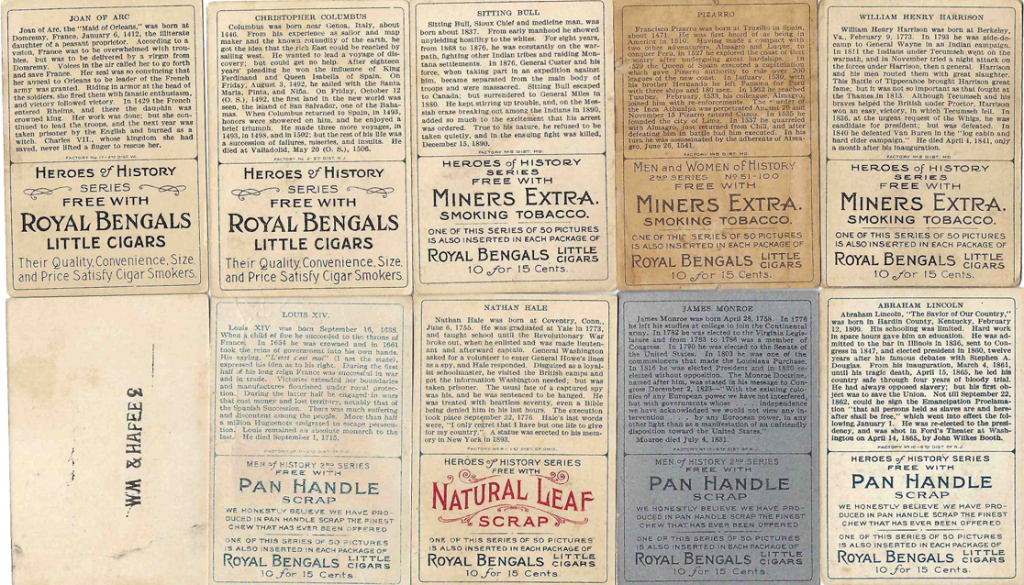
A Visual Guide to T68 Back Variations
From Royal Bengals to Pan Handle Scrap, each back reveals clues about the card’s origin, rarity, and print run. This visual guide introduces the most well-known back styles in the T68 “Heroes of History” set.
T68 Variation Spotlight- Men and Women of History (Miners Extra)
- Only a few cards male subjects known with this back variation
- Found mostly on Series 2 figures like Thomas Jefferson
- Possibly a short-run error or special edition
- Currently confirmed cards: Jefferson, Pizarro
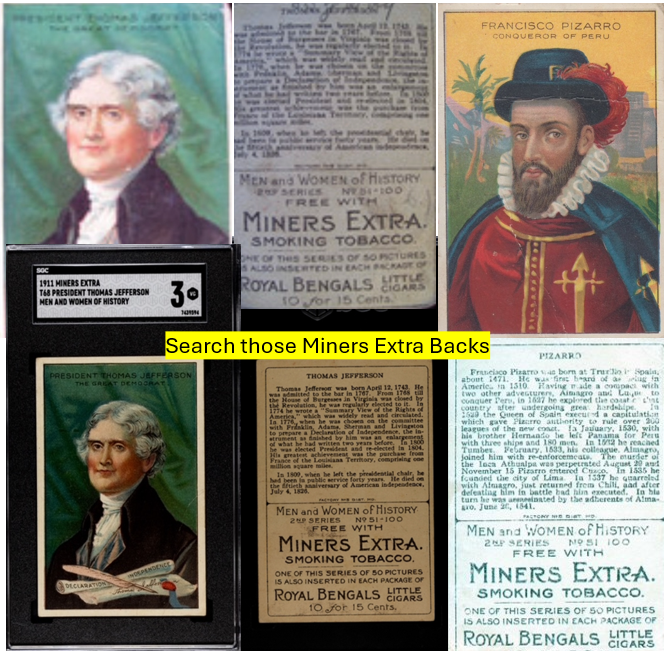
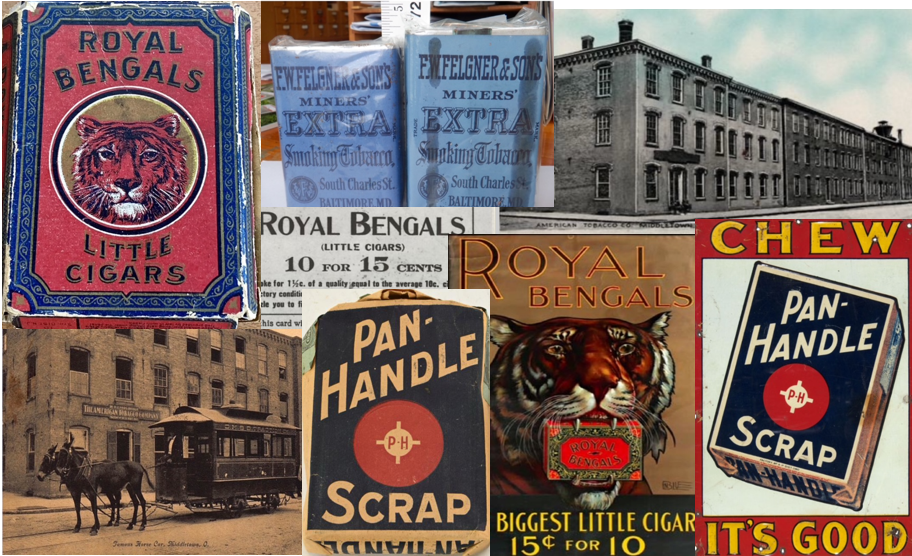
Every Card Told a Story- Every Back Sold a Brand
(linked content below)
- Royal Bengals Factory 2, 5th DIST. NJ
- Royal Bengal Factory 17, 2nd DIST. VA
- Miners Extra (Long and Short Cut) Factory 5, DIST. MD
- Pan Handle Scrap (Blue and Silver) Factory 10, 5th DIST. NJ
- Natural Leaf Scrap Factory 6, 1st DIST. OH Coming Soon
T68 Tier Card Subject Breakdown
🥇 Gold Medal – Tier 1: Marquee Cards (2 subjects)
🥈 Silver Medal – Tier 2: Core Set Icons (12 subjects)
🥉 Bronze Medal – Tier 3: Notable Supporting Cast (14 subjects)
🟢 Green Medal – Tier 4: True Commons (72 subjects)
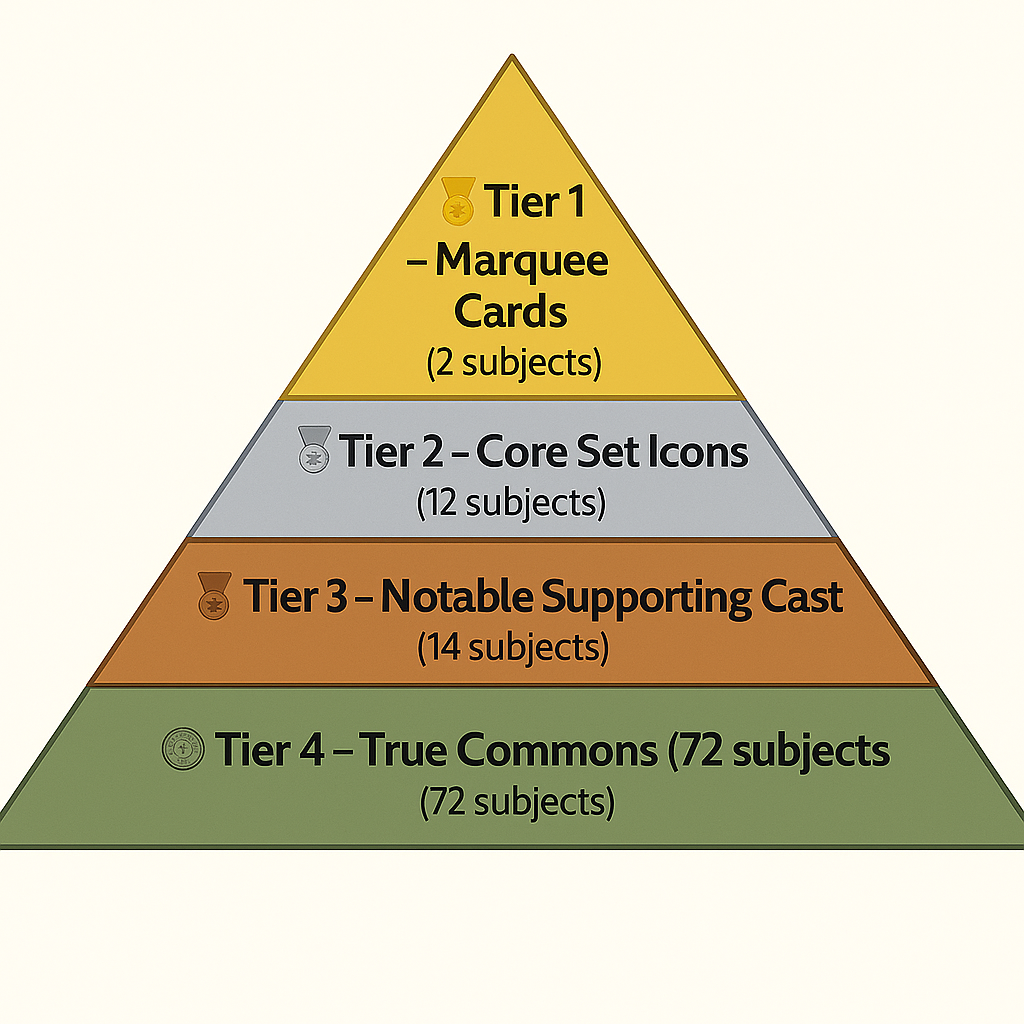
Rarity Rankings:
- Blank Back (Sell for 10-25% higher than common versions)
- Natural Leaf Scrap (Sell for 7-10% higher than common versions)
- Pan Handle Scrap (Silver) (Sell for 5-10% higher than common versions)
- Pan Handle Scrap (Blue) (Sell for 3-5% higher than common versions)
- Miners Extra (Sell for 2-5% higher than common versions)
- Royal Bengals Factory 2 & 17 (Common Baseline for this set)
-Graded Cards can sell for higher premiums (SGC & PSA)
-Miners Extra Shorts can sell for less than larger versions (Collector Dependent)
-Happy Collecting and best of luck in completing this set!
Watch, Read, Listen
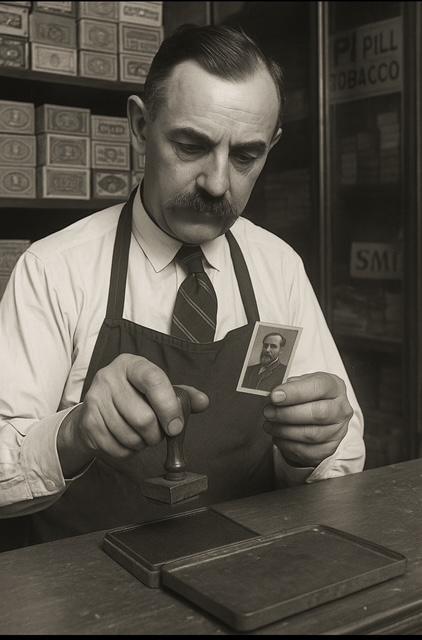
Stamped OK – Tracing the Forgotten Markings on T68 Tobacco Cards
By DB Sikes
A Fictional Scene, Rooted in Historical Truth
Newark, New Jersey — Spring, 1911
The bell over the loading dock rang twice before Mr. Keane barked his orders from the catwalk.
“Douglas, mark the Royal Bengals for westbound shipping. Don’t smear the ink.”
“Yes, sir,” I called back, already dabbing the Carter’s violet onto the worn rubber stamp. The crate was fresh—ten boxes of cigars packed tight, each one with a miniature marvel tucked inside: a Men of History tobacco card. Davy Crockett, General Custer, Captain John Ericsson, Li Hung Chang—names that sparked admiration or debate at barbershops and hotel lobbies across the country.
I thumbed the back of the first card and pressed the rubber stamp just above the factory line: OK. Nothing fancy. Just a clerk’s nod, a quiet signal that this box had been checked and cleared.
Most men wouldn’t even notice the stamp. But I did. Because even a tiny mark can tell a story.
The “OK” Stamp: Mystery, Ink, and Inventory in the Tobacco Era
The rubber “OK” stamp—circled or plain—remains one of the most overlooked yet historically rich quirks in early 20th-century card collecting. For today’s collectors of the T68 “Heroes of History” set, the occasional discovery of this faded violet mark on a card’s reverse side opens a window into the unglamorous but fascinating world of tobacco card distribution.
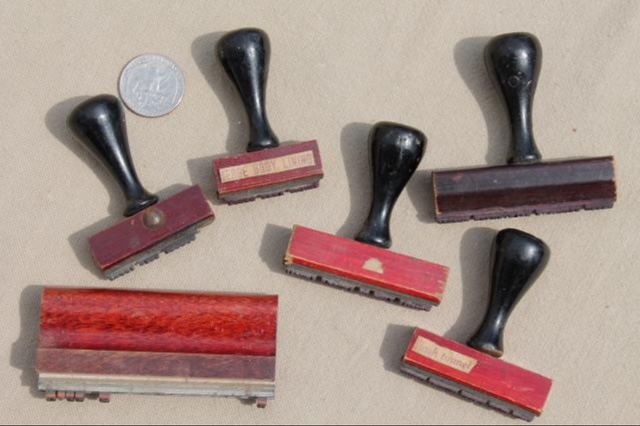
What Was the “OK” Stamp?
Unlike the factory-printed brand backs (Royal Bengals, Miners Extra, Pan Handle Scrap), the “OK” stamp was not part of official production. Instead, it was a rubber stamp impression—often circled and faded—that read simply “OK.” It was applied post-production, typically at distribution hubs, during inventory checks, or in retail environments.
Ink and Impressions
The ink was almost always violet or gray-blue, consistent with early stamp pads. Over the decades, these oil-based inks oxidized, leaving soft brown or purple remnants. The cards themselves, uncoated and porous, allowed the ink to absorb and feather slightly—making each stamp unique.
Collector Perspective
To a condition-focused collector, any writing or stamping can be a flaw. Grading companies like PSA or SGC will note it as “MK” (marked), potentially lowering the numeric grade. But to historians and master set builders, these stamps are something else: A human fingerprint in the industrial process. A whisper of the working class behind the glossy finish of a gilded age.
A Mark Worth Keeping
For those building a T68 master set, the “OK” stamp represents more than a curiosity—it’s a layered piece of history. While not part of the official print run, it reflects the real-world journey of a card: from print shop to cigar box to warehouse to counter.
It reminds us that in 1911, a stamp wasn’t a mistake—it was a job. A man at a desk with an ink pad and a quota. And the result? A stamp on a card that, over a century later, still says something simple but powerful: OK. Accounted for. Still here.
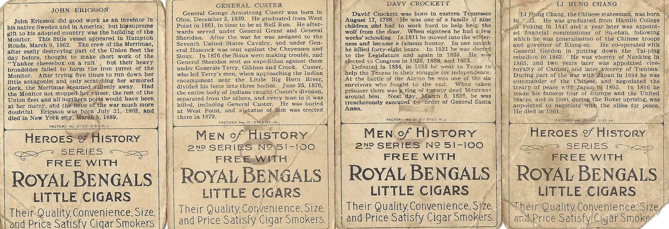
Want to Help Document More?
If you’ve encountered T68 cards (or other tobacco-era cards) with similar “OK” or inspection markings, I’d love to hear from you. Send clear images, back brand info, and factory numbers to:
📧 sikesdb3@gmail.com
Let’s preserve the hidden story stamped in violet ink—one card at a time.